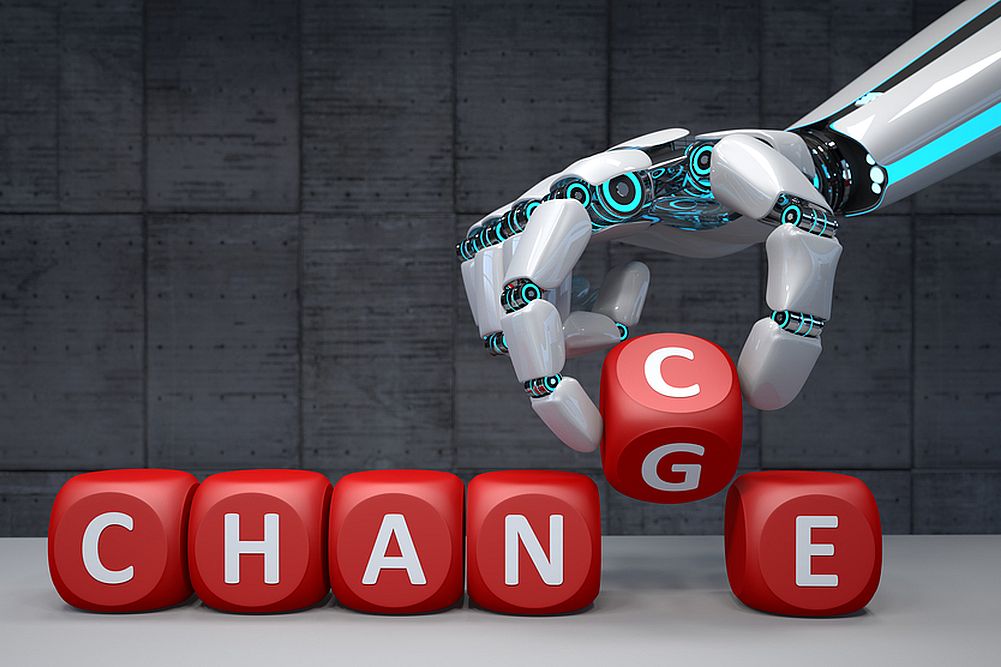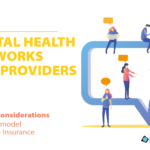Digitalization and automation are two terms that are often related. But what exactly is the difference between digitalization and automation?
The RAE (Royal Academy of the Spanish Language) defines the word digitalize as: “to convert or encode into digits continuous data, such as a photographic image, a document or a book.” A definition that, with all due respect to academics, seems to us to be confusing to say the least.
With regard to the word automate, it is defined as: “applying automation to a process or a device”. We believe that this definition is less confusing than the previous one, but we would not say that it clearly explains the term.
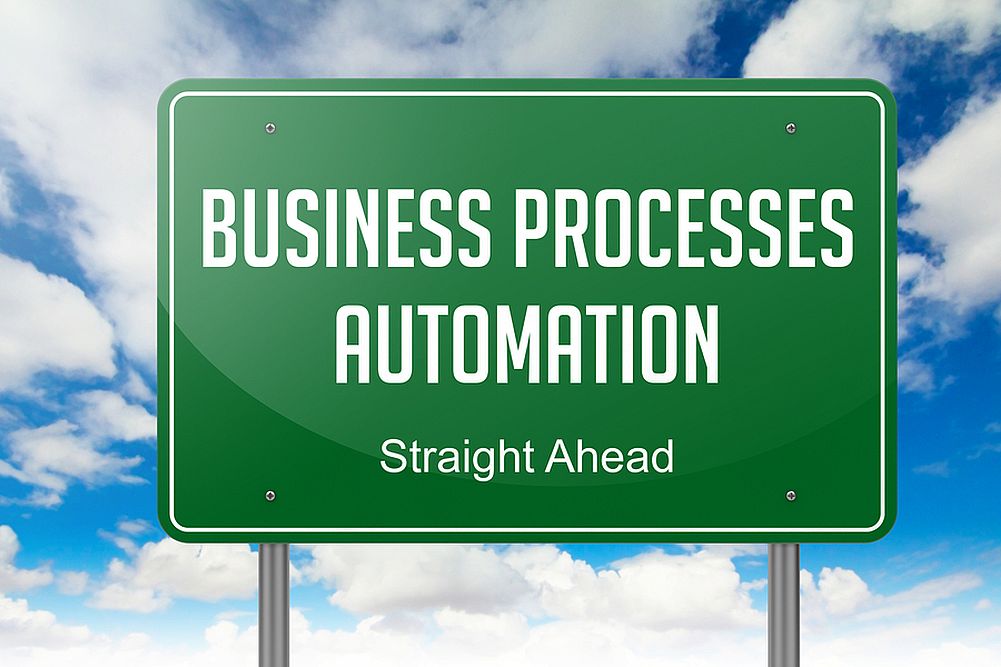
The check has given way to the app
Our life has become “digitized” at a dizzying pace. Not so many decades ago, checks were used for economic transactions, and it was necessary to visit a bank branch to carry out the simplest of operations. Today, it is enough to log on to the website or the app of the bank with which we operate.
Digitalization means converting something physical into a digital format, for example, converting a patient’s paper medical history into PDF or another digital format. Thus, an institution as deeply rooted in tradition as the RAE in 2003 digitized 13 million records from its old paper archive.
Digitizing is as simple as emailing someone a PDF. On the other hand, when an email is received and, automatically, it is responded by sending the correct PDF, that is automation. To reach automation, it is first necessary to have reached digitalization.
The term automation means that processes that were previously performed by people are now carried out by means of technical systems. The process used to be done manually and is now carried out by computer. It has therefore been automated.
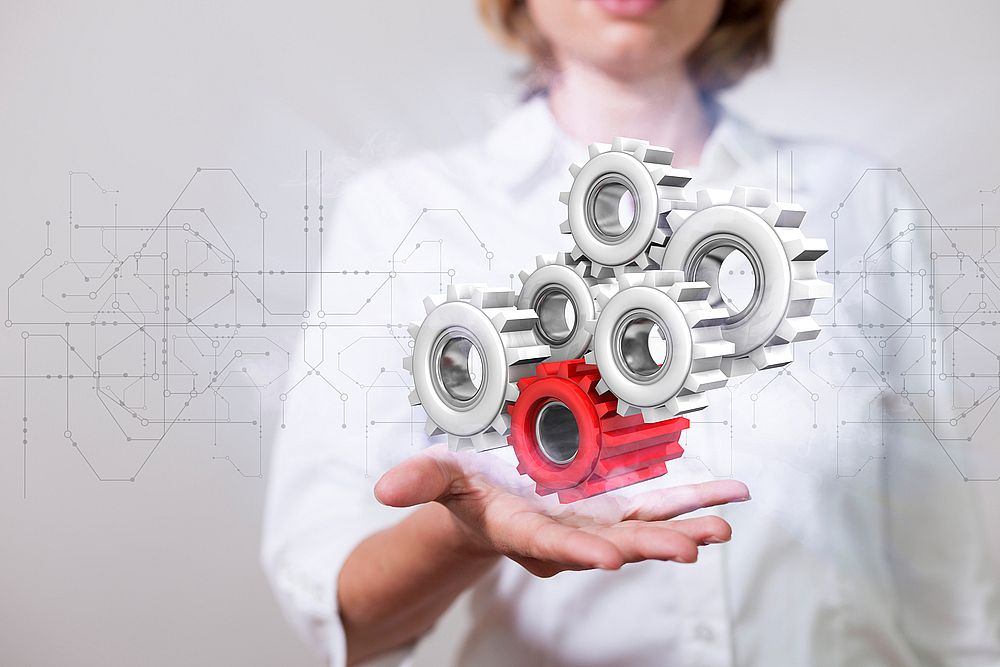
Paper and spreadsheets
Research shows that 77% of companies in Europe and the USA still use paper-based processes and spreadsheets as the technological spearhead. To be competitive, companies must first embark on the path of digitalization and then automation.
Once the information has been digitized, the second step towards process efficiency must be automation: performing tasks without human intervention. Tasks that were previously performed manually become “automatic”; no one person must take care of them. A given company may have automated certain communications with its customers, such as sending notices. Automation saves considerable time on tedious tasks that previously required typing data, scanning documents, or both. This means that your staff can focus on more productive, creative, and less repetitive tasks.
In which areas would digitalization and automation be applied?
They are applicable in any business, what is interesting is to determine in which business processes they are most appropriate and which of them. When we talk about digitalization and automation we tend to think of “office jobs” but they are applicable to other businesses. hat is essential for digitalization and automation in business is to know the needs of the business itself and, in particular, the shortcomings of the company.
What are the biggest difficulties when implementing a digitalization and automation process?
If from the direction of the business they are favorable to its implementation, there are two main obstacles:
- Lack of description of the process in the company, either in documentary format or in the capacity of transmission by the people involved.
- Resistance to change, which translates into unwillingness on the part of employees to collaborate in digitalization, as well as concern that their tasks will be automated.
What are the major advantages of digitalization and automation?
Greater business control and less human error in any automated process. In addition, efficiency is improved since process automation usually leads to a significant increase in the speed of execution of its tasks and can reach real time.
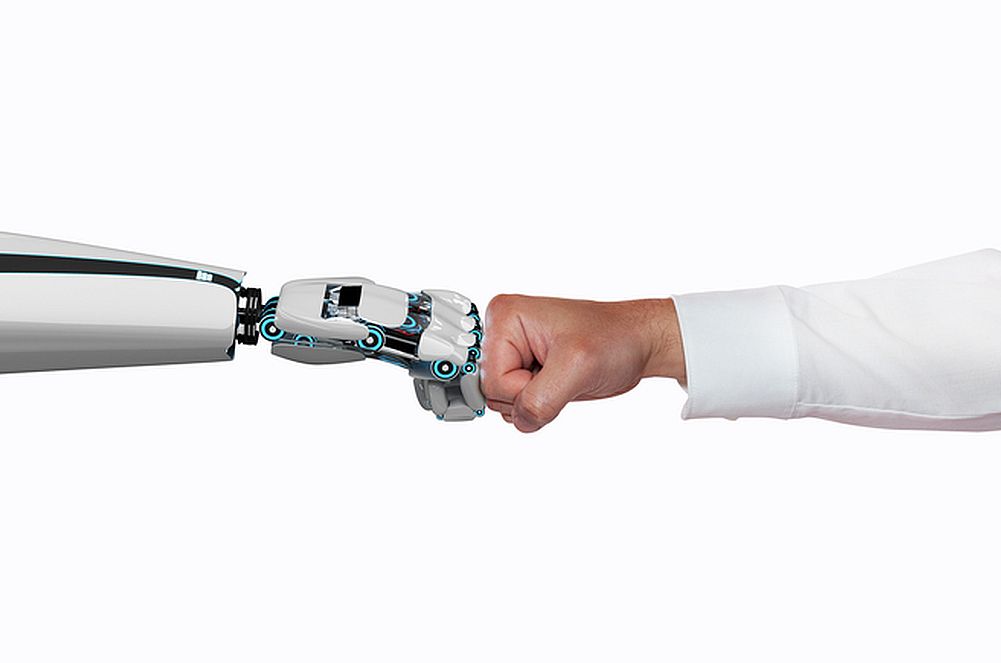
What requirements does a company need to digitize and automate its processes?
First, it must be supported and promoted by the company’s management, since digitalization changes have to be driven from the top. . In addition, they must have the initiative to make the change and involve the employees that it is a necessary and appropriate decision. Employees must be trained in the new ways of doing things.
Digitalization and digital transformation, are they the same thing?
Digitalization is moving the management and manipulation of information storage into digital media. However, digital transformation implies a drastic change in a business through digital technology that will redefine business models and processes. It affects all areas and the way the company operates.
To automate, is it necessary to employ cutting-edge technologies such as AI, the internet of things (IoT) and machine learning?
Absolutely not. It is still more interesting to use HI (human intelligence) to be creative in automating processes. AI is starting to gain ground in analyzing the information coming out of automated processes.

